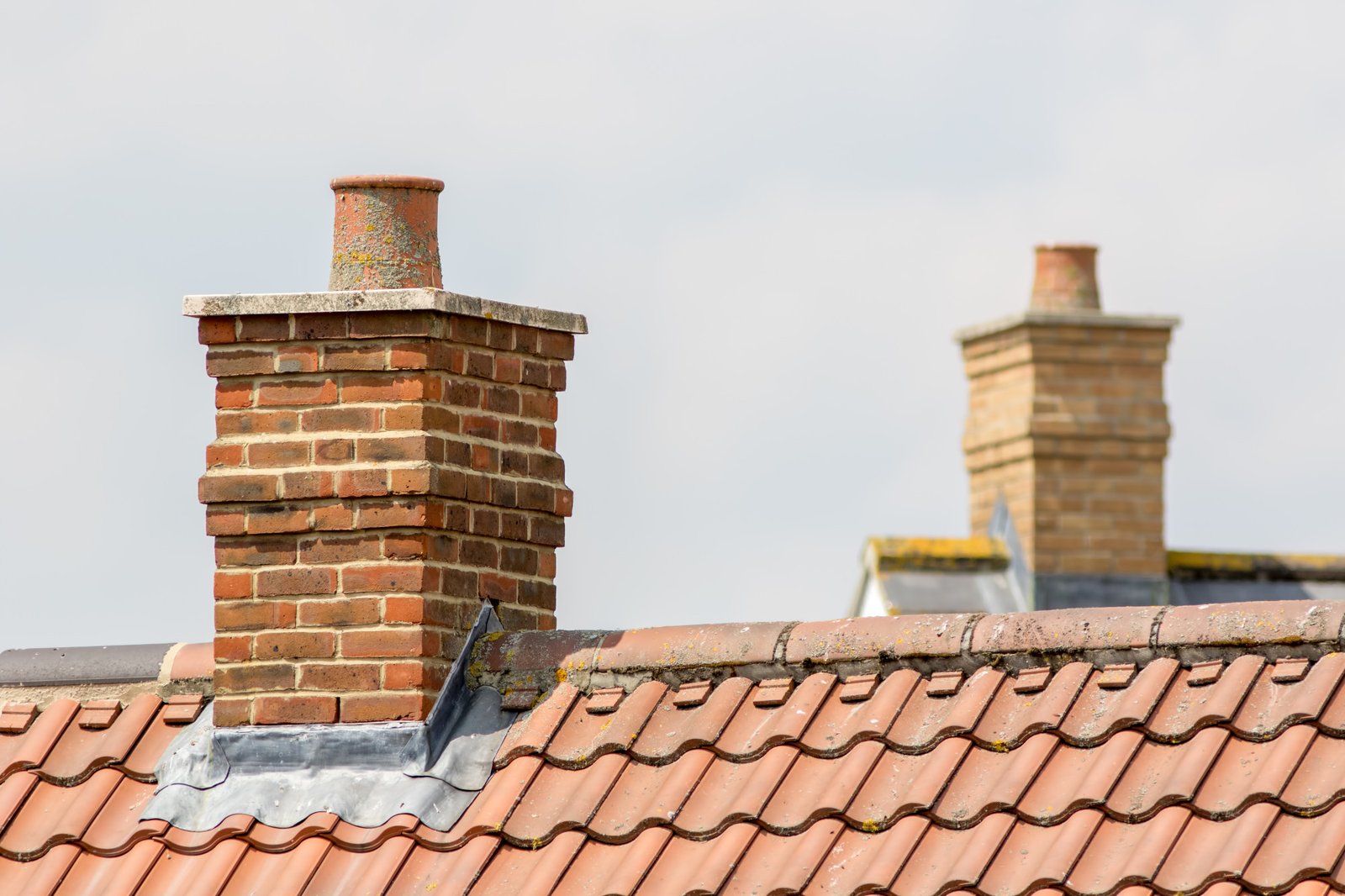Table of Contents
A little maintenance goes a long way.
Your home is a valuable asset. It is important to take care of each part to keep your home in good shape. Since your chimney is exposed to extreme elements or human error, your chimney needs regular cleaning, inspections, and repair.
Chimneys that are neglected or hit with a high force can result in serious home damage. This is why having a properly functioning chimney is crucial in maintaining your home’s integrity.
But what about maintaining your chimney?
Much like a car or home maintenance, your chimney needs regular cleaning, checks, and preventative measures. The more you know about chimney maintenance, the easier it will be to pass on your home to the next generation.
1. Burn the Right Wood
Burning moist or wet firewood will cause creosote to coat your chimney walls. Avoid burning treated or painted wood, garbage, garbage-contaminated paper or cardboard, manufactured logs, or softwood (such as pine or cedar).
Softwoods produce a great deal of tar and don’t generate as much heat as hardwoods do. Hardwoods such as oak, hickory, and ash create the most heat and leave little ash residue. The best wood to burn is a combination of hard and softwood.
2. Waterproofing
The key rule of waterproofing a chimney is ensuring the exterior surfaces are properly sealed and the interior chimney is dry. This prevents water from entering the chimney and causing problems such as accelerated deterioration or water damage.
Exterior sealing can be achieved through various methods, such as applying a waterproof coating or flashing. On the interior, chimney liners should be checked and replaced if necessary.
3. Cleaning & Sweeping
This should be conducted at least once a year, and when a chimney is in frequent use, it should be swept more often. When cleaning and sweeping the chimney, an inspection should be conducted before sweeping to ensure the flue and chimney firebox is in good condition.
Once the inspection is complete, chimney maintenance should be thoroughly cleaned of soot, ash, and other debris. The pargings – mortar joints – should also be inspected, and any loose areas should be repaired.
4. Use Chimney Caps
These are essential in preventing animals, debris, and water from entering your chimney. They also prevent downdrafts and keep sparks contained within the fireplace.
Chimney caps need to fit properly over the chimney flue, be made of rigid, corrosion-resistant material, and should have mesh or wire sides. They can come with or without louvers, which allow for airflow.
5. Get a Chimney Inspection
An inspection will check for structural integrity and signs of possible blockages. It may also involve cleaning the chimney of any soot or creosote buildup. Make sure the insulation shields perfectly fit your chimney system.
It’s also important to schedule a chimney inspection because a blocked or structurally compromised chimney poses a fire hazard. If a chimney isn’t maintained, the creosote in the chimney can accumulate and ignite, potentially leading to a fire.
Read More About Chimney Maintenance
Chimney maintenance is important to have a properly functioning system. It is important to have it inspected and cleaned regularly and follow all manufacturer’s instructions for cleaning and maintenance.
Having the proper equipment and supplies and following the rules of chimney maintenance can make all the difference in terms of safety and performance.
Did you find this article helpful? Check out the rest of our blog for more!

